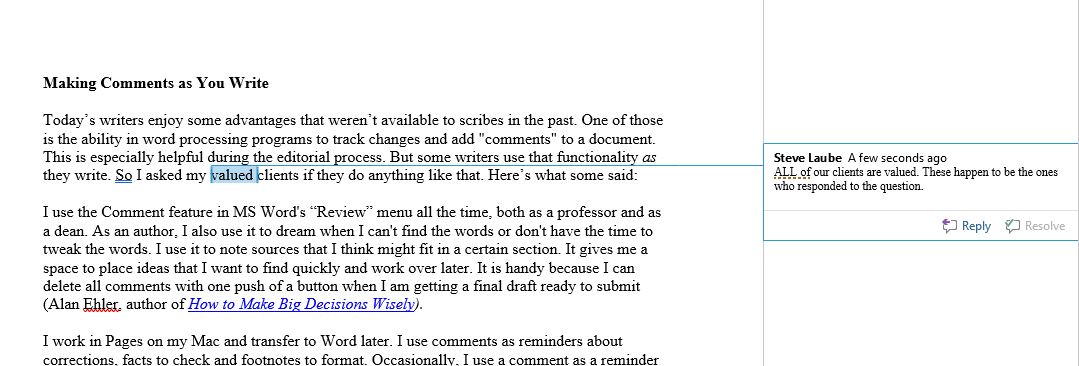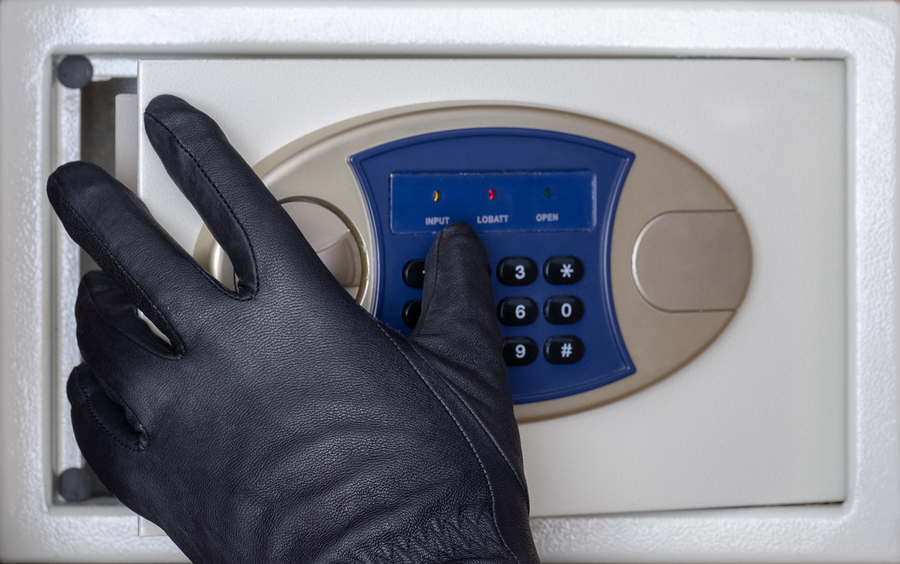Business Mistakes Authors Make (and how to avoid them) With Steve Lubae
You can listen to this episode 049 Business Mistakes Authors Make (and how to avoid them) with Steve Laube on Christian Publishing Show.
Business Mistakes Authors Make (and how to avoid them) With Steve Lubae
You can listen to this episode 049 Business Mistakes Authors Make (and how to avoid them) with Steve Laube on Christian Publishing Show.

Can you present your book idea in one sentence?
Can you present that idea in such a way that the reader is compelled to buy your book?
What motivates someone to spend money on a book? It is the promise that there is something of benefit to me, the reader.
Books are generally purchased for one of three reasons:
Entertainment
Information
Inspiration
If your book idea can make me …

A video about an unusual intern’s visit to Penguin Random House. I bet they were paid like a typical volunteer intern, except a little fishier! Enjoy! Makes one wonder what publishers like Blink, WaterBrook, Cook, Tyndale, Lion, Orbit, or Skyhorse could do with this idea!

Whenever I go out, strangers offer unsolicited compliments about some aspect of my appearance, usually my hair or clothing. From this fact alone, I might decide that people like my style. Perhaps I should write a book! But aside from the fact I have no desire to write a style book, there are other reasons why starting this project doesn’t make sense for me: I’m not well known outside of a few …

Today’s writers enjoy some advantages that weren’t available to scribes in the past. One of those is the ability in word-processing programs to track changes and add comments to a document. This is especially helpful during the editorial process. But some writers use that functionality as they write. So I asked my clients if they do anything like that. Here’s what some said: I use the Comment …

What is the difference between a small and large publisher? Should you go with a small publishing house? This has been one of our most requested topics on the show, especially after: 029 Pros and Cons of Traditional Publishing 030 Pros and Cons of Indie Publishing How the Publishing Business Model Works Acts like a VC fund. Taking big risks looking for big pay offs. Those risks are funded by the …
The Pros & Cons of Small Publishing Houses
You can listen to this episode 048 The Pros & Cons of Small Publishing Houses on Christian Publishing Show.

by Steve Laube
On June 26, 1956, C.S. Lewis replied to letter from an American girl named Joan with advice on writing:
Always try to use the language so as to make quite clear what you mean and make sure your sentence couldn’t mean anything else.
Always prefer the plain direct word to the long, vague one. Don’t implement promises, but keep them.

Today’s video describes when a Tuba player is having too much fun. Reminds me of hearing that a writer produced 15,000 words in one day’s work. Enjoy the world-record for fastest performance of “The Flight of the Bumblebee” … on a tuba!

Have you ever thought to yourself: This is it! The perfect story! My new plot has it all: A polar bear A snowstorm A palm tree A romantic fireplace Hot cocoa A lovesick couple A poodle Triplet toddlers in need of a stable home Then another writer breezily posts on a loop: Hey, you guys, I just added a polar bear and a palm tree to my snowstorm story about Bixby, Alexa, Snappy the Hound Dog, and …

